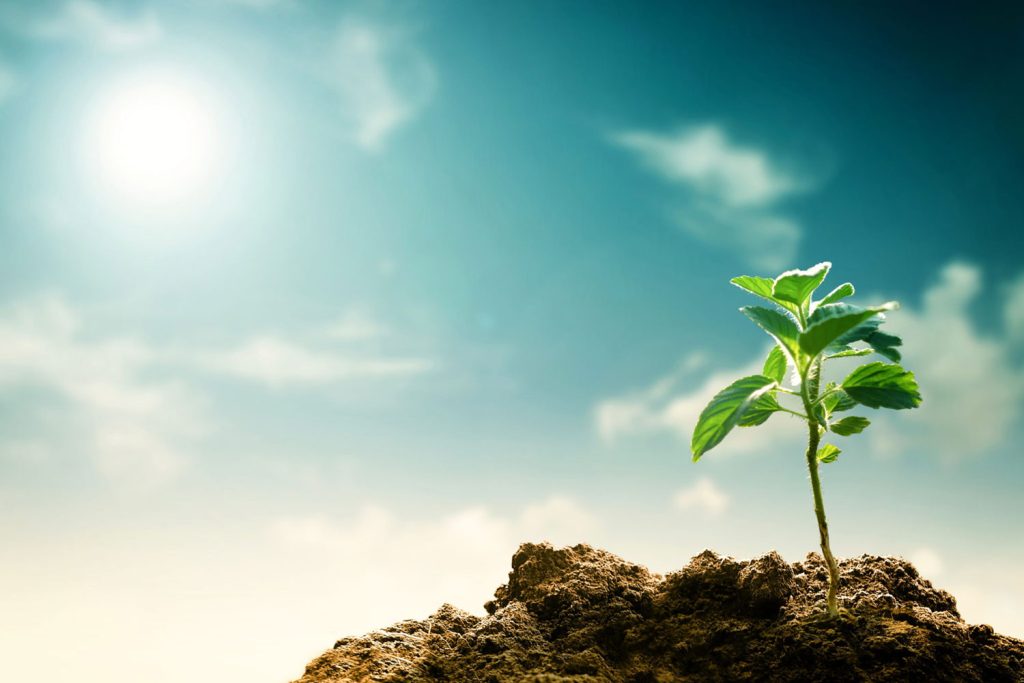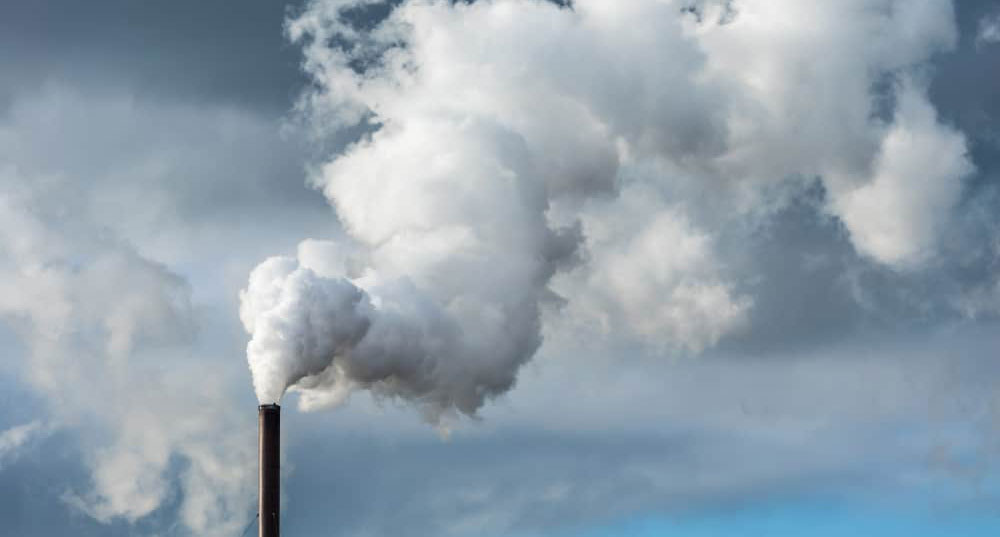towards the European green deal
Why? Background and objectives
Our goals
The actions foreseen by the LIFE SALVAGuARDiA project will have as their object a specific territorial area: Lake Garda, the largest Italian lake with an area of about 370 km2 and the third in depth.
The lake is located on the border between three regions, Lombardy (province of Brescia), Veneto (province of Verona), Trentino-Alto Adige (province of Trento) and is a narrow funnel to the north and widens to the south.
It is surrounded by mountains to the north and morainic hills to the south-east and west with numerous protected natural parks such as the Alto Garda Bresciano Park. This territory is an expression of morphological, geographical, demographic and productive characteristics not found in other parts of Italy and Europe.
In recent years, this area has seen an increase in infrastructure and in CO2 and GHG emissions. The territory of Lake Garda is a fragile area, threatened by rapidly expanding anthropogenic activities including:
Population increase
in the last 20 years the inhabitants have grown by + 18% | + 1% in the last 5 years;
Tourist pressure
in the last 5 years tourism on Lake Garda has grown by + 15%
Water pollution
Development of agriculture and industry
in the last 5 years, industrial waste has grown by + 11% | + 28% in the past 10 years
The LIFE SALVAGuARDiA project aims to help reduce this excessive pressure and help the territory to get closer to the objectives of the European Green Deal (EGD); helping to mitigate ongoing climate change to avoid irreversible impacts.
To help local entities reduce their environmental impact, the main objective of LIFE SALVAGuARDiA is to raise awareness of all stakeholders and targets identified with respect to emerging environmental and climatic issues.
This will make it possible to transform the awareness and knowledge acquired into a push for concrete action to reduce anthropogenic environmental impacts and helping to achieve in particular three different objectives of the 2030 Agenda:
2.1.3 Industry for a clean and circular economy,
2.1. 8 Environment with zero pollution and free from toxic substances
2.1.1 Raising the climate ambition of the European Green Deal.
What will be the main environmental indicators of the project?
The main environmental indicators that will be monitored during LIFE SALVAGuARDiA will concern: water, air and land use

land use
Tourism is a predominant economic sector of the territory, which annually counts a presence of about 24 million visits with a constant presence of foreign tourists (about 64%) and Italian (36%) (ISTAT 2019). The shores of Lake Garda are also densely inhabited with a total population of about 150,000 inhabitants, mainly concentrated on the side of the Province of Brescia (about 127,000 inhabitants) on which the project will focus. Brescia (about 127,000 inhabitants).
This continuous flow generates impacts such as increased waste production, excessive energy consumption, congested and polluting mobility, excessive pressure on natural elements. Tourism and all municipalities are stakeholders who will be involved in project actions to decrease their impact and contribute to the achievement of EGD objectives such as Increase the EU's climate ambition for 2030 and 2050 (2.1.1 EGD) and become a cleaner and more circular sector / territory (2.1.3 EGD), as well as encouraging the transition towards sustainable and intelligent mobility (2.1.5 EGD).

climate
Lake Garda is particularly vulnerable to climate change. Changes in air temperature, precipitation and other meteorological components directly cause changes in evaporation, water balance, lake level, glacial events, hydrochemical and hydrobiological regimes and the entire ecosystem of the lake; furthermore, in some extreme climatic conditions, lakes can disappear completely (IPCC).
It should also be taken into account how the annual temperatures in Europe and in particular in the southern belt (Spain, Italy, Greece), are subject to warming at a rate between 0.1 and 0.4 ° C per decade, in turn. cause of imbalances for ecosystems in the most fragile microclimatic areas such as the territories of Garda.
These medium / long-term changes risk generating economic and structural damage to agricultural and industrial activities. The project aims to help those involved in industrial and production cycles to prepare for adaptation to climate change (2.1.1 EGD) and to sensitize them to implement development policies inspired by environmental protection and oriented to circular economy principles (2.1.3 EGD ).

water
In addition to climate issues, another critical indicator to monitor with the project is water pollution, which is caused by increasing urbanization, the increase in industrial activities and mass tourism, which are compromising the balance of the ecosystem. of the lake causing sometimes irreparable damage.
In 2019 it emerged that in Lake Garda, out of 6 sampling points on the Brescia side, 3 were found to be "heavily polluted", which means that in the water they measured the presence of intestinal Enterococci and Escherichia coli, in concentrations well above the legal limits allowed (Legambiente). Another emerging problem is microplastics, which are beginning to cause concern in the local area as well. Out of 8 samples in 6 areas of the lake, the average detected is 131,619 particles per square kilometer of surface, which can end up in fish feed as well as subsequently in human feed (LIFE Blue Lakes).
All these problems are due to the lack of correct plant structures to be able to adequately treat all the waste water of the Garda municipalities. Today, in fact, the only active purifier has a capacity of 330,000 Inhabitants Equivalent (IE) and treats 43,000,000 m3 / year. The purifier has been active since the mid-1980s and was therefore sized for an equivalent population lower than the current one. The lack of corrective policies and investments to adapt the treatment plant to the increase in population and tourism, highlighted the inability to manage particular load peaks in the summer season (500,000 EI).
Another symptom of the lack of water pollution control policies are the conditions of the Mincio river (emissary of Lake Garda), which is in fact subjected to high water stress due to the high use of water resources due to multiple uses. present (energy production, tourism, irrigation, drinking, etc.) that determine and influence the quality of the resource itself.
Project actions contribute to improving water quality, explaining and showing stakeholders the importance of preserving natural biodiversity and achieving the A zero pollution ambition for a toxic-free environment (2.1.8 EGD).

air
Another problem that afflicts the Brescia side of the lake is air pollution, given that the city of Brescia and its province are in first place in Italy and in Europe for air pollution by fine particles and NO2, with a consequent mortality rate. from fine dust (PM2.5) highest of all (Institute for Global Health - 2020).
Some proposed actions have the objective of improving air quality and helping local businesses to achieve the objective.
A zero pollution ambition for a toxic-free environment (2.1.8 EGD) and to increase their climate ambition (2.1.1 EGD).


